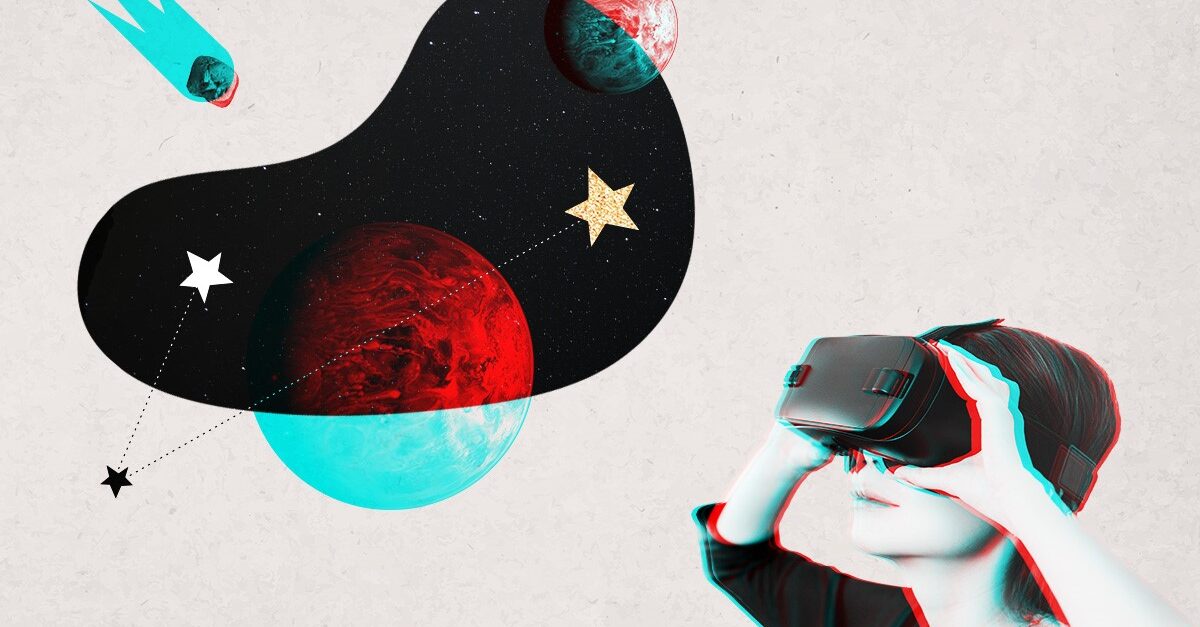A recent Pulse on VR report on the state of virtual reality in Canada shared that in 2017, the global virtual reality industry generated $6 billion in revenue, representing an 84% increase over the previous year. The report concluded that this trend is likely to continue, and this reality-virtuality continuum now includes mixed (MR), augmented (AR), extended (XR), virtual (VR), and every iteration in between!
Though we aren’t yet living in a totally virtual world, the implications of the virtual are very real. Even major international film festivals including Cannes, Sundance, and TIFF now make room in their lineups for what may become the future of filmmaking. But in the education space, VR is much more than just entertainment.
At Canada’s colleges and institutes VR, AR, MR, and XR experiences and technologies are making up an increasingly large part of programming. Not only do these institutions now offer programs teaching students how to use and develop virtual reality technologies, immersive simulators, and graphics enhancers, but the technologies themselves are also being incorporated into curriculum to enhance regular instruction and research. For example:
- Lethbridge College appointed its first Applied Research Chair in virtual and augmented reality, working alongside the new Virtual and Augmented Reality one-year certificate to build up the V&AR ecosystem in southern Alberta. The college also hosted its second full-day “Merging Realities” conference held completely virtually.
- The Virtual Clinical Immersion Centre (CVIC, Centre virtuel d’immersion clinique) at the Cégep de Shawinigan uses virtual reality and immersive simulation to help students develop skills in communication, decision making, clinical judgment, and prioritization, as well as technical skills within a lifelike hospital environment.
- NAIT is part of the Heroes in Mind, Advocacy and Research Consortium (HiMARC) that is currently conducting a Motion-Assisted, Multi-Model Memory Desensitization an Reconsolidation (3MDR) research study using virtual reality stimuli to treat those suffering from PTSD.
- In BCIT’s Automotive Service Technician program, students can use mixed reality to view, manipulate, disassemble and reassemble 3D holograms of scanned automotive parts overlapped with real-world settings. The institute also, last year, used virtual reality to deliver an introductory course in railway skills to a small group of Indigenous students living near Prince George.
- Red Deer College’sVirtual Reality and Co-operative Trades program builds on a collaboration with Montana First Nation to redesign the traditional apprenticeship model and train apprentices before they enter the workplace through virtual reality.
- A new dose of VR at Seneca College’s King campus gives nursing students a first-hand experience from the perspective of a patient living with dementia to inspire empathy and allows underwater skills students to experience hyperbaric chambers to avoid decompression sickness.
- Mohawk College’s unique partnership with EON Reality on its new Interactive Digital Centre in AR and VR, gives students the opportunity to learn and help develop new applications with EON experts focusing on key industries such as manufacturing, aerospace defense, energy, and medicine.
- Students in St Clair College’s Biomedical Engineering Technology program can learn about anatomy and physiology by virtually visiting hospitals and biomedical facilities abroad and taking apart and reassembling skeletons and muscles in VR.
- At the Collège d’Alma, thanks to the two-year Project 360, nursing students can benefit from 360° immersive teaching videos that give students a new look at the hospital environment, including sounds from machines, movement of medical staff, and less common situations involving patients with mental illness.
- NorQuest College in Alberta is using a similar VR teaching tool to allow students to see, hear, and engage in medical situations, and even practice administering insulin.
- Durham College’s brand-new Mixed Reality Capture Studio gives partner organizations access to technical expertise, student talent, and a state-of-the-art motion capture stage to help develop immersive and interactive simulation for both training and performance optimization purposes.
The possibilities of VR in almost all sectors seem unlimited, but training and skills are key to realizing this potential. Colleges and institutes are expanding their role in training and research to help Canada, as a global leader in innovation, harness that potential for the social and economic benefit for all Canadians.

